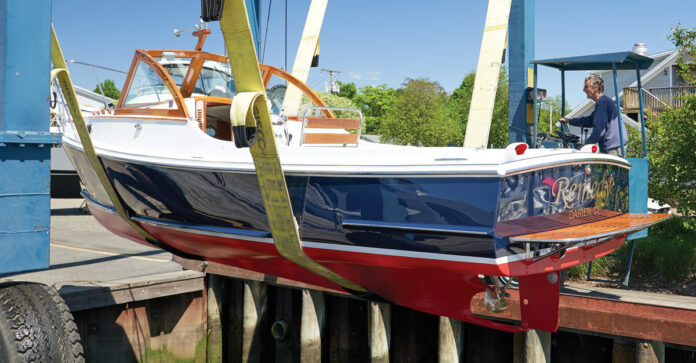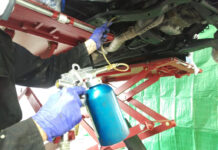If you’re like most people, you probably think of restoring an antique boat as a costly and time-consuming task. And while it can be, the reality is that restoration is not as expensive as you may think. In this article, we will explore some tips on how to save money on boat restoration and make the process more affordable for you. From finding cheaper materials to repairing and rebuilding old boats, read on to learn everything you need to know to restore an antique boat with minimal cost.
The Cost of Restoration
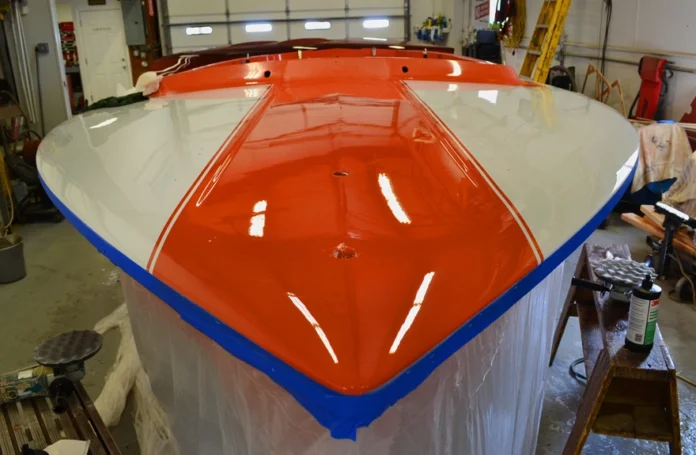
The cost of restoration for an antique boat can vary depending on the type and condition of the vessel. A quick estimate would range from $8,000 to $25,000. The most important factor in determining the cost is the level of damage and deterioration present. Less severe damage may require only a few hours of work while more extensive repairs may take several weeks or months.
In general, most antique boat restoration work is done by a professional restorer who specializes in this kind of repair. Costs for labor and materials will vary depending on the size and complexity of the project. Many restoration companies offer a free preliminary estimate so that you can get a sense of what costs are likely involved in restoring your vessel.
What to think about
Depending on the size and condition of the vessel, restoration can cost anywhere from a few thousand to millions of dollars. Costs can include materials, labor, and shipping.
-Materials: These projects often require a large number of specific materials, such as metal sheets, screws, nails, and wooden planks. Prices for these items can vary significantly depending on their quality and quantity.
-Labor: Restoration work requires a lot of manual labor. Someone must be skilled in carpentry, welding, painting, and other crafts to restore an antique vessel properly. Prices for skilled labor can be high, especially if the restorer is located far from the boat’s original location.
-Shipping: Many restoration projects require shipping the boat to its original location or to another location where it will be restored. This can be expensive, especially if the vessel is large or heavy.
The Types of Materials Used
There are many different materials used in restoration, and the price depends on the type of material, where it is from, and how much labor is required. Some common materials used in boat restoration are wood, fiberglass, metal, and plastic.
Wood can be a very expensive material because it is often damaged or destroyed in the original repair. Woods that have been treated with sealants or polyurethanes can be especially difficult to work with.
Fiberglass is a popular material for boat restoration because it is lightweight and easy to work with. However, fiberglass can sometimes be damaged if not handled correctly.
Metal can be a very expensive material to restore because it often needs special tools and fabrication techniques to be repaired properly. Metal also corrodes over time, so it needs to be protected from moisture and other elements.
Plastic can be a cheap alternative to some of the more expensive materials mentioned above. However, plastic can quickly become brittle over time if not handled properly.
The Different Techniques
Restoration of an antique boat can be a very costly endeavor. The most common type of restoration is dry-docking, which is when the boat is brought in and all its systems are checked out. This can include things like checking for water leaks, checking the hull for damage, and testing the electrical system. Another common technique is wet-docking when the boat is brought in but not drained of water. This allows for more detailed work to be done on the boat, including repairs and refinishing. Finally, there is sandblasting, which is used to clean any rust or paint off of metal surfaces.
All three types of restoration require a lot of time and labor, so getting an estimate from a restoration company is important before starting work. Prices also vary based on how much work needs to be done – for example, dry-docking will generally cost more than wet-docking.
Tips for Saving Money on Restoration
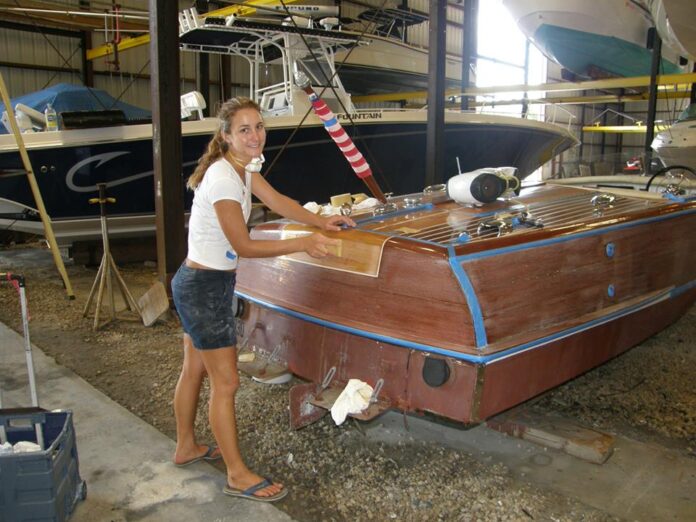
If restoring an antique boat is something you plan on doing, here are a few tips to help you save money. First and foremost, it’s important to know what your restoration will entail. If it’s a small restoration, like fixing a broken railing or replacing a worn-out engine, you can likely do those tasks yourself at a fraction of the cost of hiring a professional. However, if your project involves major repairs or replacements, hiring a pro will be the best option for both you and the boat.
Another way to save money is to do it in stages. For example, if your boat requires extensive painting work, wait until all the smaller tasks are completed before tackling the big project. This way you won’t have to spend as much money on materials in one go and you can monitor how much time and money is being spent on each step of the process.
Finally, keep in mind that not every restoration project is going to be expensive. There are many ways to spruce up an old boat without spending a fortune. For example, painting your boat hull with non-toxic paint or upgrading your decking with new wood may be cheaper alternatives than shelling out hundreds of dollars for furniture or antiques. So don’t be afraid to try different approaches and see which ones work best for you and your budget.
Conclusion
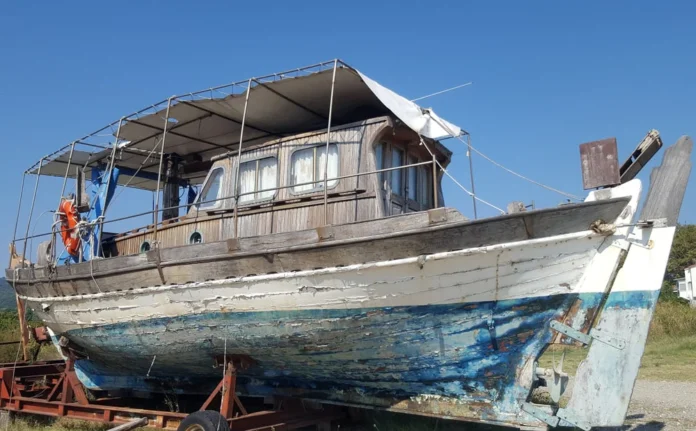
When it comes to restoring an antique boat, the costs can vary wildly. Some boats may only require a few basic repairs while others could require years of work. Additionally, the price you pay will also depend on the condition of the boat when you take it in and whether or not you have any preexisting damage. In short, the cost is always a factor when restoring an antique boat, but there is no right or wrong answer as to how much it will cost. If you are unsure about what options are available to you or if you want more detailed information about specific restoration costs, consult with a restoration expert.
